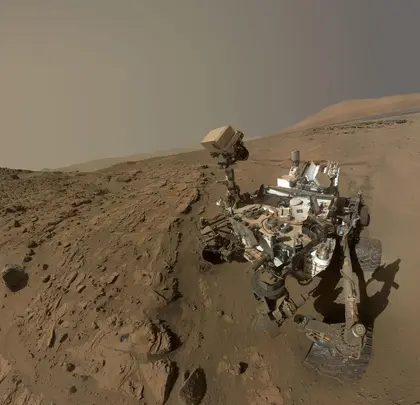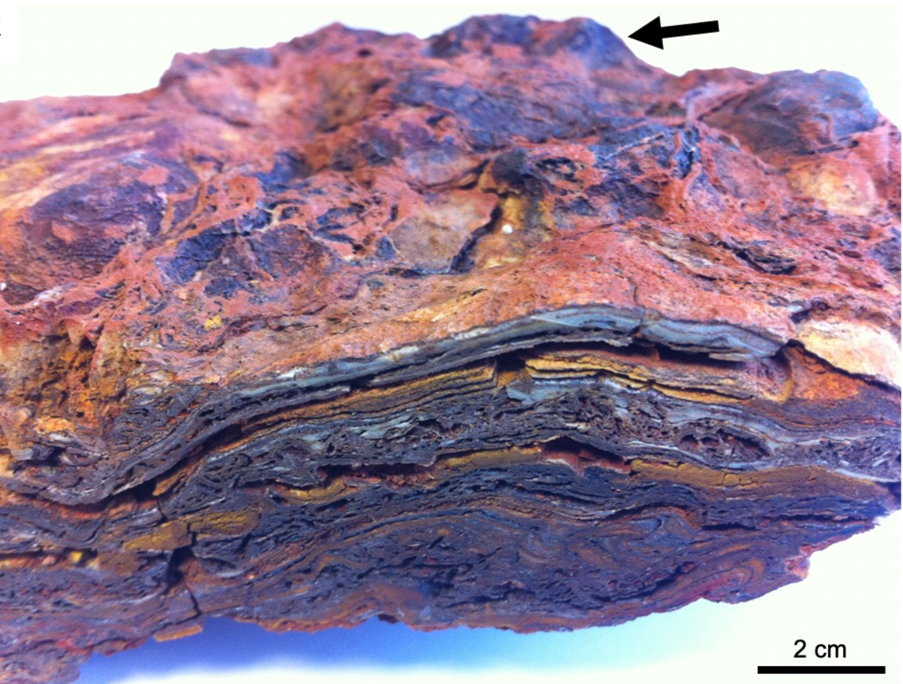
Scientists have discovered a simple and reliable test for signs of past or present life on other planets — “the holy grail of Astrobiology.”
In the journal Proceedings of the National Academy of Sciences, a seven-member team, funded by the John Templeton Foundation and led by Jim Cleaves and Robert Hazen of the Carnegie Institution for Science, reports that, with 90% accuracy, their artificial intelligence-based method distinguished modern and ancient biological samples from those of abiotic origin.
“This routine analytical method has the potential to revolutionize the search for extraterrestrial life and deepen our understanding of both the origin and chemistry of the earliest life on Earth,” says Dr. Hazen...
Read More









Recent Comments